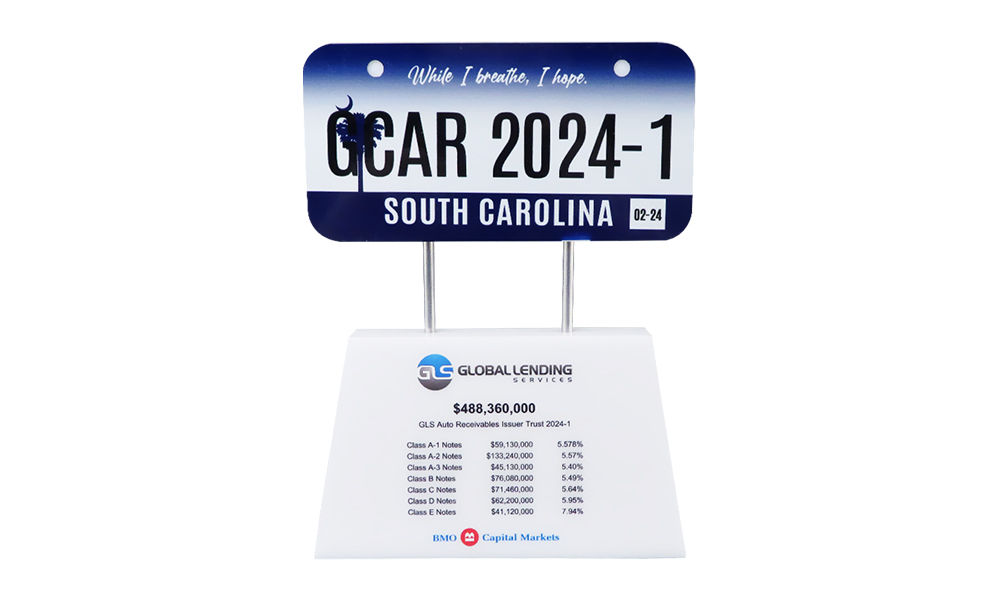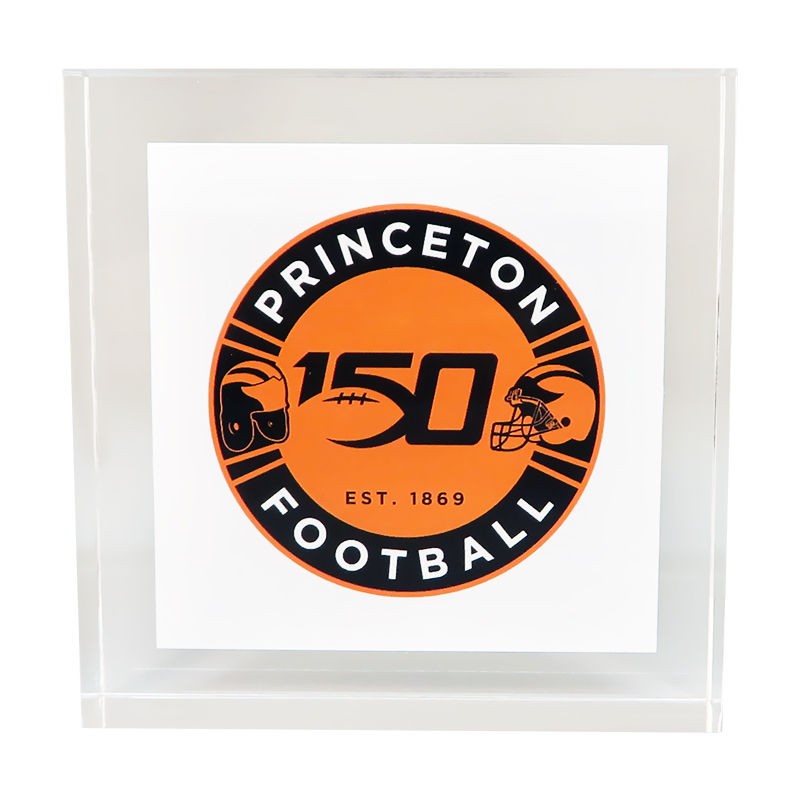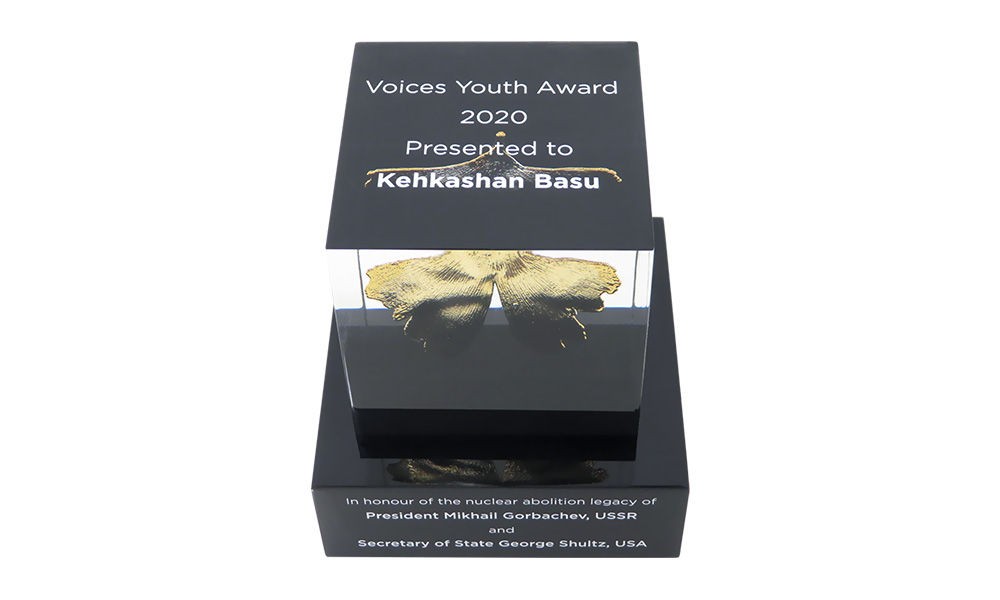
Ordering a sample deal toy is a wise move, but a pointless one if you’re not attuned to some potential issues and problems.
The process of ordering sample deal toys has changed considerably in recent years. As a result of the pandemic, and of the broader increase in remote working arrangements, many clients now approve samples based on photographs (and videos) rather than an actual physical piece.
But whether your sample arrives in the form of multiple photographs or an actual, tangible item, how you should be passing judgement on that sample remains unchanged.
For an infinite number of reasons, there can be problems with deal toys.
One of the most egregious examples making the rounds long ago involved the mention in the deal terms of a bond…
….only it was spelled “bong”.
More precisely, the line allegedly read “Inaugural Global Bong Offering”—in bold.
Not the type of thing you want to have to explain to a client—or your MD.
So you’ve been given the task of handling the deal toys for your team and, so far, things to be going pretty well.
You’ve found a tombstone company, helped finalize a design, and made sure the costs were compatible with your budget.
You’ve even ordered a sample piece in advance of the order—just to make sure that there won’t be any issues.
But let’s face it. Given the demands on your time, it will be tempting to give your newly-arrived sample piece a quick once-over, a perfunctory “looks good to me”, and get on with your day.
That would be a real mistake…
What Should I Check on My Sample Deal Toy?
Yes, it’s true: odds are that you won’t be the only one vetting the tombstone sample. So if there’s a problem with the design someone on your team will most likely catch it.
But do you really want someone else on the team–let alone your MD–to be the one to spot the problem? The problem with something you have been given the task of handling, and of making your deal team, group, and firm look good?
There are a number of questions you should keep in mind when reviewing your sample deal toy:
- Typos: is the text error-free (and does it reflect any changes made?)
- Design Consistency: Does the sample align with the artwork you approved?
- Logos: Are the colors and shapes rendered correctly?
- Legibility: Is any of the transaction text difficult to read?
- Your Client: Does your client’s name/logo get the necessary prominence relative to other parties?
- Overall Look: Are there any practical or aesthetic issues with the design?
- Shipping Issues: Are there any forseeable problems packing or shipping the pieces?
We go into these issues in more detail below.
Some of the items may seem painfully obvious. But again, you have a considerable number of demands on your time—and your attention. This is precisely why you should safeguard against oversights.
Sample Deal Toy 7-Point Checklist
1. Does the Tombstone Text Have Any Typos? (And Did You Use Any “Place Keeper” Terms?)
This is the type of mistake that can often be the most glaring—and embarrassing. Be sure to review the text word for word.
For instance, are all the entities identified by their precise names? Also, be especially alert for any last-minute changes made to the text—typically to the deal amount or date.
Finally, be especially cautious in cases where you ran the sample with provisional terms. Be sure to have those finalized before the order. You want to avoid running your entire order with the deal amount listed as “XXXX” or with “Date 2024” appearing at the bottom.
2. Does The Sample Deal Toy Match The Artwork?
Understand that deal toy production overwhelmingly involves low-quantity runs. Regardless of the materials involved—acrylic, crystal etc.—manufacturing “runs” usually involve relatively small batches with much of the processes being done by hand.
The fact that much of the production of your deal toy was done by hand means that slight discrepancies in dimensions are unavoidable. Pieces may have dimensions that vary from those given in the designs—and dimensions might also vary slightly from piece to piece.
What should concern you are significant deviations in dimensions, as well as complete departures from the agreed upon design.
This isn’t as self-evident as it may sound. Mistakes can be made, and signals can get crossed. The agreed upon design could have been a wedge shape (similar to a rectangle except the bottom is noticeably thicker than the tapered top), and the piece actually produced could merely be a straightforward rectangle.
Or the discrepancy could be a lot more subtle: were the beveled edges shown in the artwork actually done? Was the logo that was to be laser-etched on the back included?
3. Are All The Logos Correct?
Are all the logos of the parties correct?
Again, this seems like a fairly obvious point of examination; but checking on logos can mean more than confirming the entity name and the proper colors.
Keep in mind that the same logo/s will frequently appear more than once in a deal toy—and sometimes will appear in different media. Are the colors consistent?
Obviously you should also double-check your bank’s logo as well.
4. Is The Tombstone Text Hard To Read?
The deal text needs to be the centerpiece of the design—and not being able to read it is something more than a design flaw.
Also check font sizes. Are they legible and consistent? Is the bolded text consistent?
Finally, and most importantly, keep in mind that many deal toys will be placed in front of a dark surface, such as in a bookcase. When you do precisely that, is the text still legible? (This also explains why it rarely makes sense to design a piece with black text and a clear back: no one outside a 1″ radius will usually able to read the parties, let alone the deal terms).
5. Does The Piece Give Prominence to Your Client?
This is another crucial, though sometimes neglected point.
Your client needs to be the focal point of the design. Are there any legibility issues with respect to your client’s name or logo? Is your client’s name or logo in any way dwarfed by another party’s.
6. Does The Deal Toy Design Make Sense—Both Aesthetically and Practically?
Personal tastes, as we all know, can vary.
That being said, the aesthetic side of this equation is usually going to be pretty straightforward. Members of your deal team are usually, on a gut level, either going to like the sample piece or not. In the vast majority of cases, the sample piece will either be approved without change, or with only a few tweaks.
The practical design aspects of the your deal toy sample can be somewhat trickier, and less apparent.
There are many possible considerations here, and they mainly involve more elaborate designs. They might involve questions like: is the piece sturdy, or is it prone to tipping over? Does the design seem too fragile or prone to breaking with wear? Did a component of the piece arrive scratched or damaged—or did it break sometime after arrival with only normal handling?
If you’re evaluating a piece on the basis of a photos and videos, your vendor should anticipate and help address some of these concerns. For instance, does the spinning logo that looked so neat in the mock-up actually work? Or does it stick or fall apart? A video can go a long way in alleviating these kinds of concerns.
7. Are There Any Potential Shipping Problems with Your Deal Toy?
Here again, your vendor should already have anticipated and addressed any possible shipping issues.
But you might also be able to foresee issues potential issues at your end—especially with a design that’s fragile or prone to scratching or damage of any sort.
For instance, do you expect to hand the pieces out to recipients at a closing dinner or event? Inevitably, some or most of the recipients are going to inspect their deal toy right then and there. Are you comfortable with the prospect that they will most likely re-pack that piece hastily when leaving the event—maybe even carelessly?
If so, perhaps instead of handing the deal toys out to each individual recipient at a closing dinner or some other event, you can arrange with the deal toy company to have the pieces sent instead directly to their offices.
After all, you’re the one who will be fielding requests for replacement pieces should any repacked pieces suffer any damage.
Again, having all but a few pieces sent directly to recipients–rather than the event itself—will minimize the likelihood of having to replace fragile deal toys.
Sample Deal Toys and Prestige Custom Awards
At Prestige Custom Awards, we’ve been providing clients with deal toy samples for over 40 years. We are highly attuned to the range of potential design and delivery issues. We have also adapted to the new realities of hybrid work environments. In cases where we do not provide a physical sample, we ease the approval process by providing you with detailed photos and helpful videos.
Get the design and sample process started. Reach out to us today.
David Parry is the Director of Digital Strategy for The Corporate Presence and Prestige Custom Awards, a designer and provider of deal toys and custom corporate awards, ranging from creative employee and client recognition awards to the NFL Commissioner’s Awards and ESPN’s ESPY.





